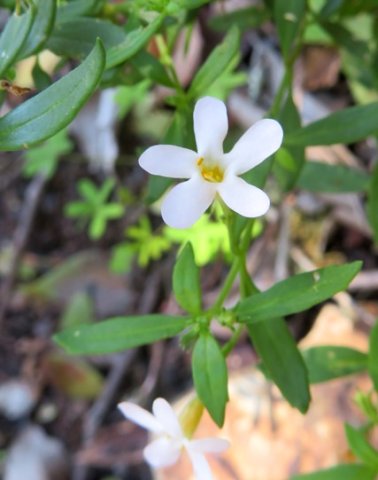Chaenostoma

Author: Ivan Lätti
Photographer: Thabo Maphisa
Chaenostoma, previously Sutera and commonly known as skunk bushes, is a genus of shrublets or woody perennials in the Scrophulariaceae family. Annuals among them are rare. The plants are often aromatic or foetid, mostly glandular.
The simple, variously shaped leaves are usually opposite, the stems usually leafy all along their lengths.
The flowers are mostly solitary from leaf axils, sometimes in racemes with bracts at the pedicel bases. The calyx is usually two-lipped and five-lobed. The corolla is tubed, funnel-shaped or cylindrical and about equally five-lobed. The generic name, Chaenostoma, is derived from the Greek words chaino meaning to gape or yawn and stoma meaning mouth, referring to the widening corolla tube. The spreading corolla lobes are oblong to rounded with glandular hairs on the outside.
There are mostly four stamens in two unequal pairs, one of which sometimes concealed inside the tube. There is a ring-shaped nectary present. The superior ovary is elliptic, comprising two locules, some glistening glands and a thread-like style. The fruit is a capsule, the seeds roughly elliptic.
There are about 49 species in Africa, nearly all of them occurring in southern Africa, mostly in the Western and Eastern Cape.
Some species are palatable to game and stock, may be heavily browsed. A few of the species are common in horticulture.
The plant in picture is Chaenostoma revolutum (Leistner, (Ed.), 2000; Curtis-Scott, et al, 2020; Vlok and Schutte-Vlok, 2015; Manning, 2007; Andrew, 2017).

